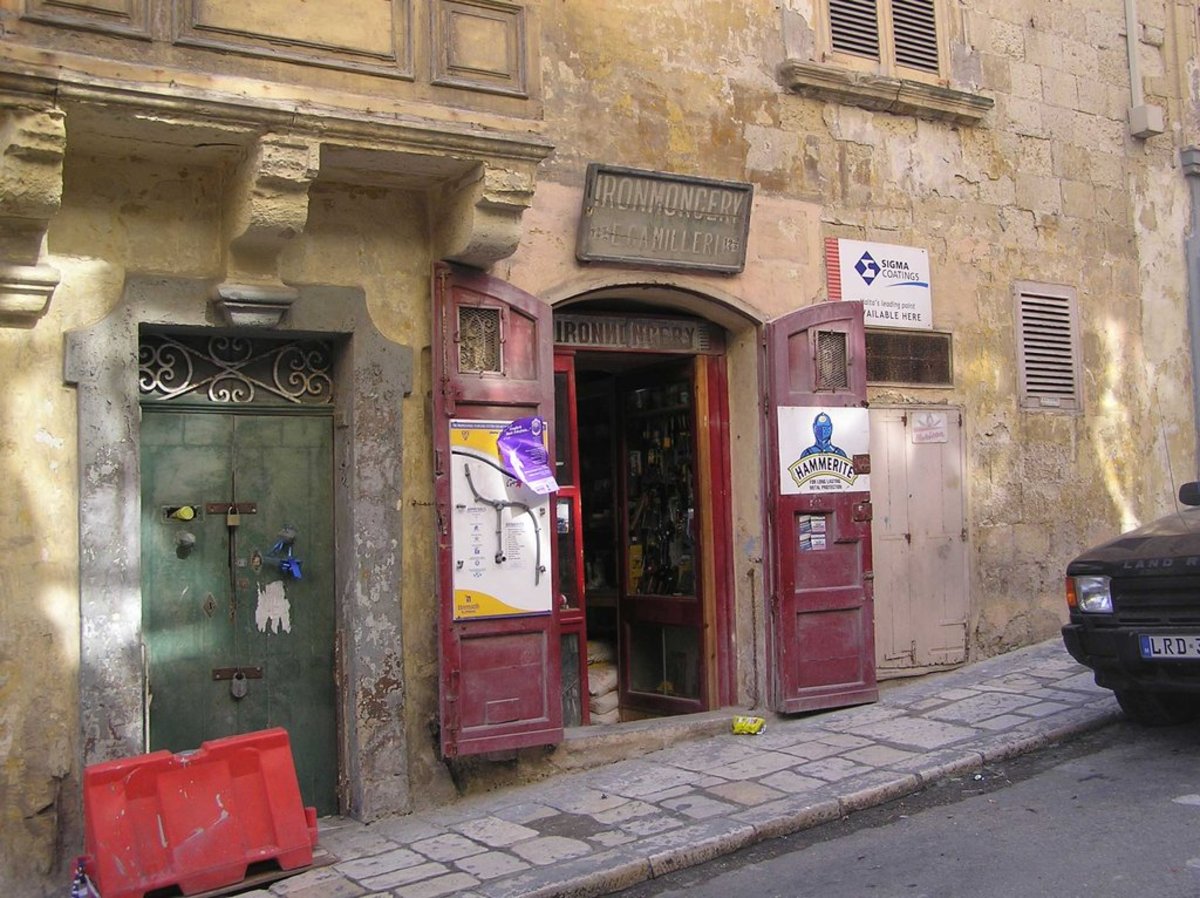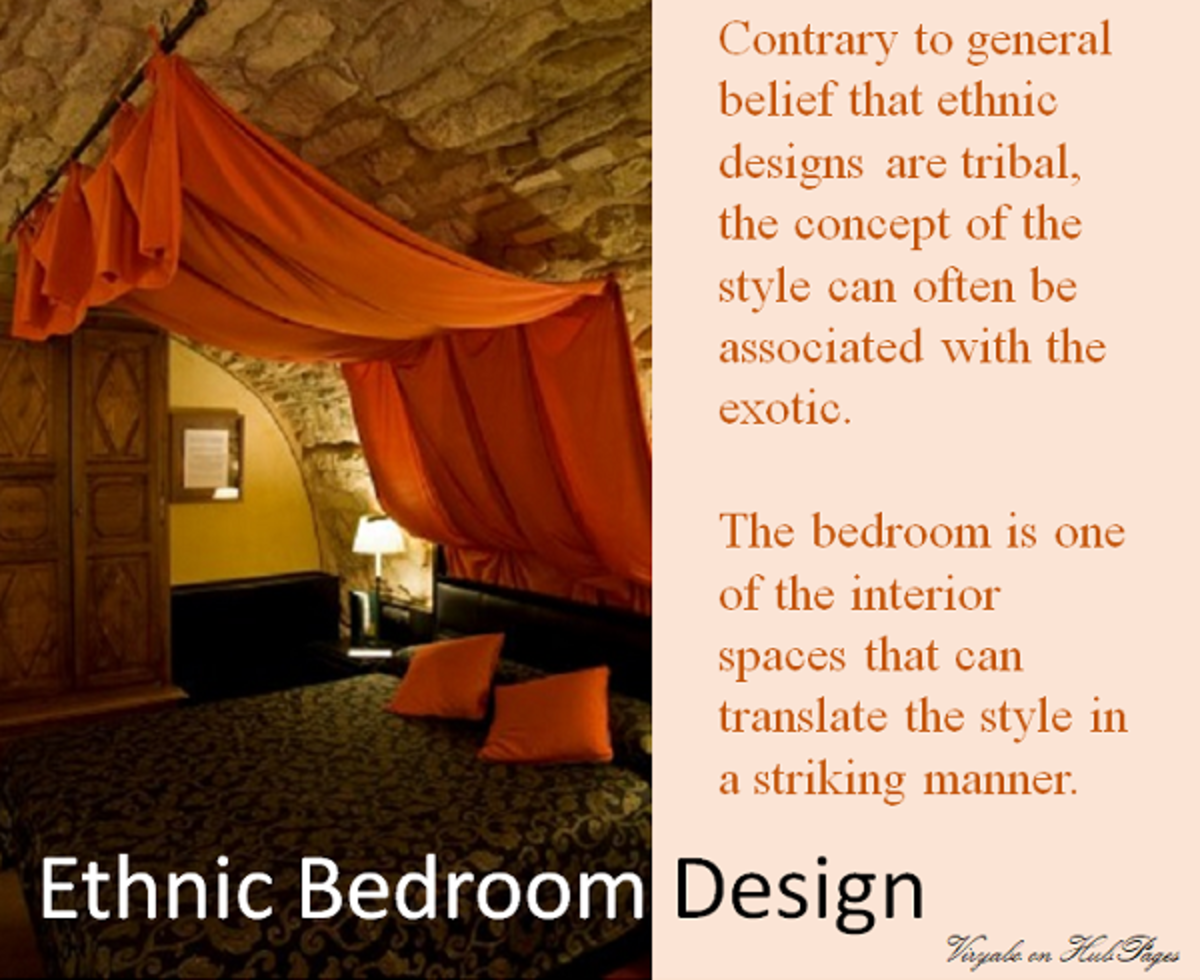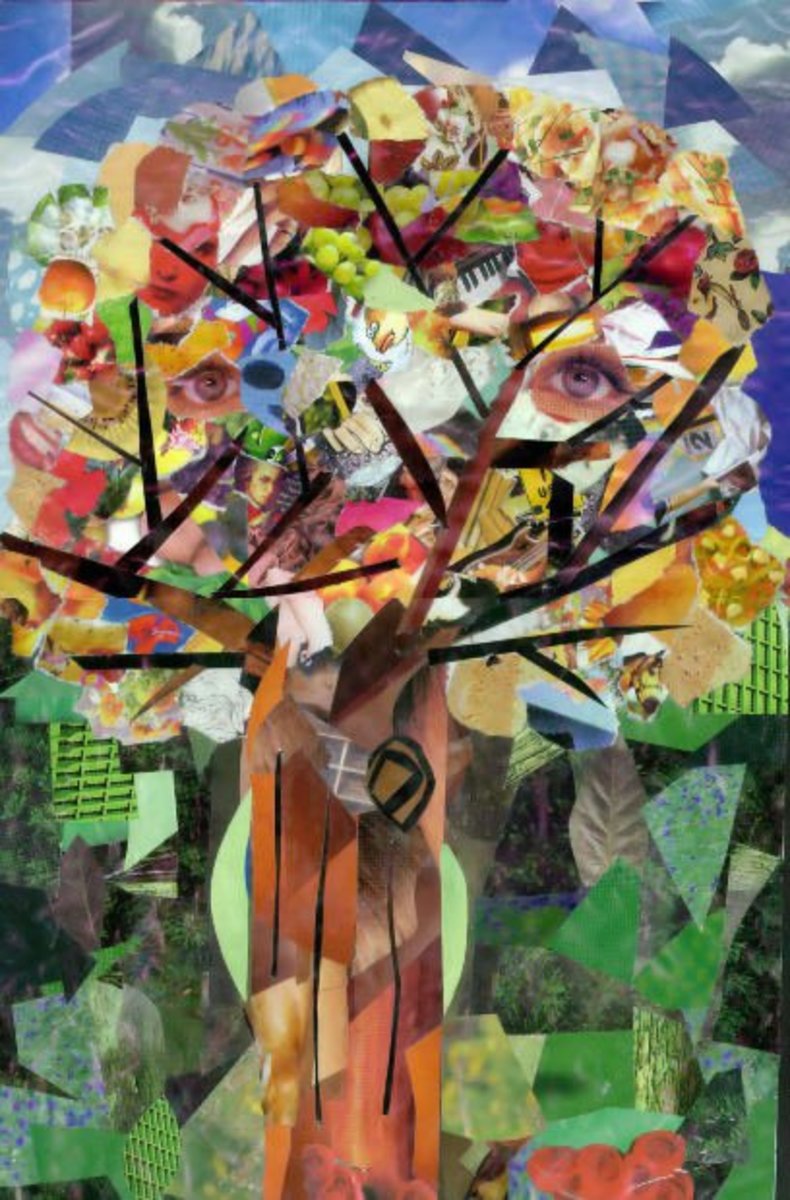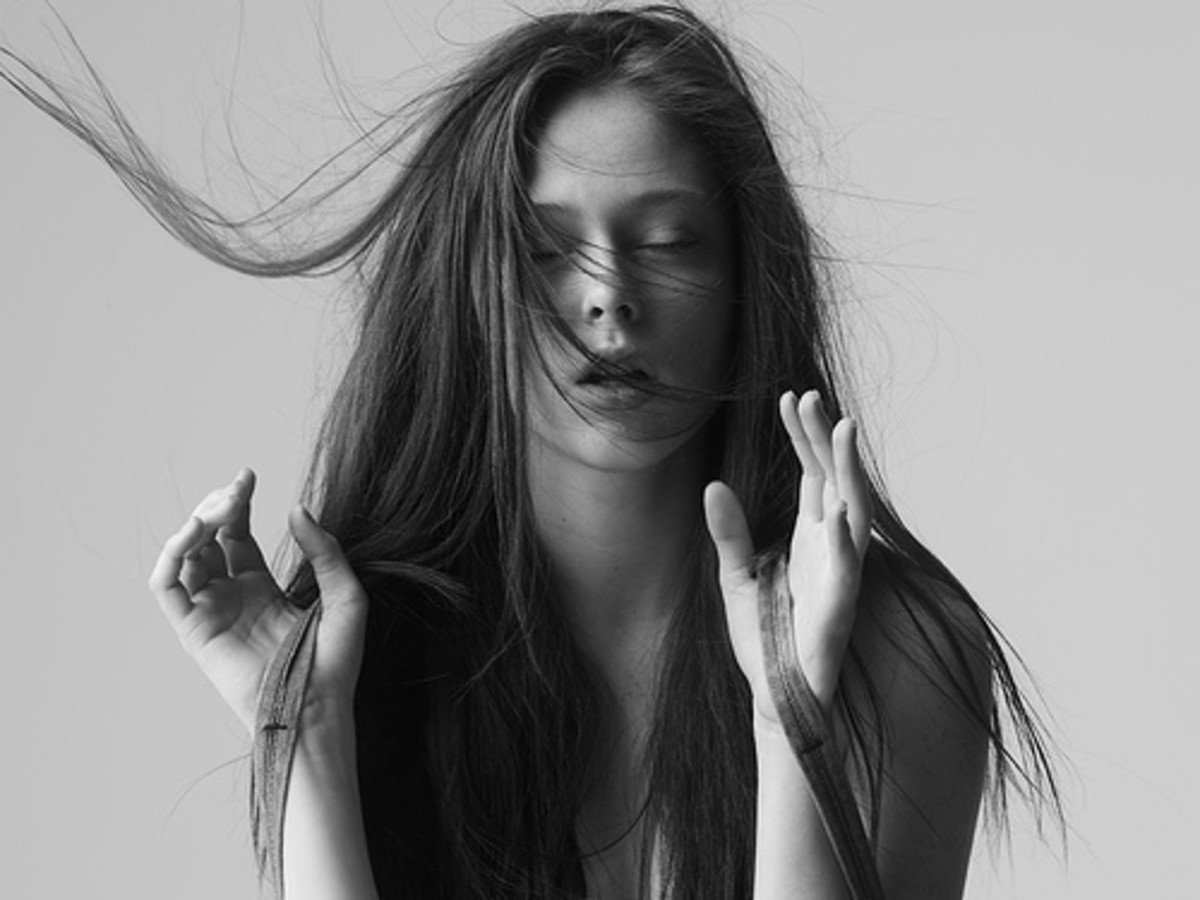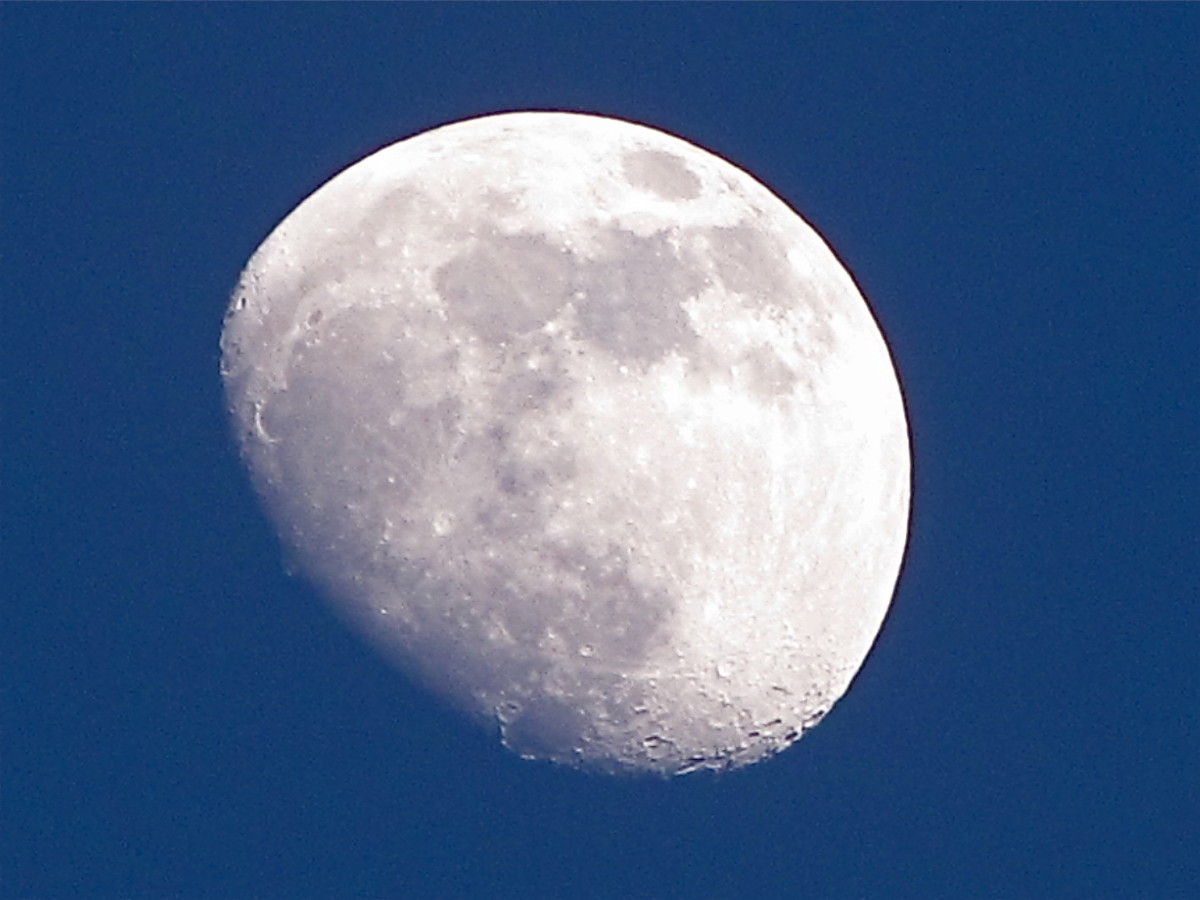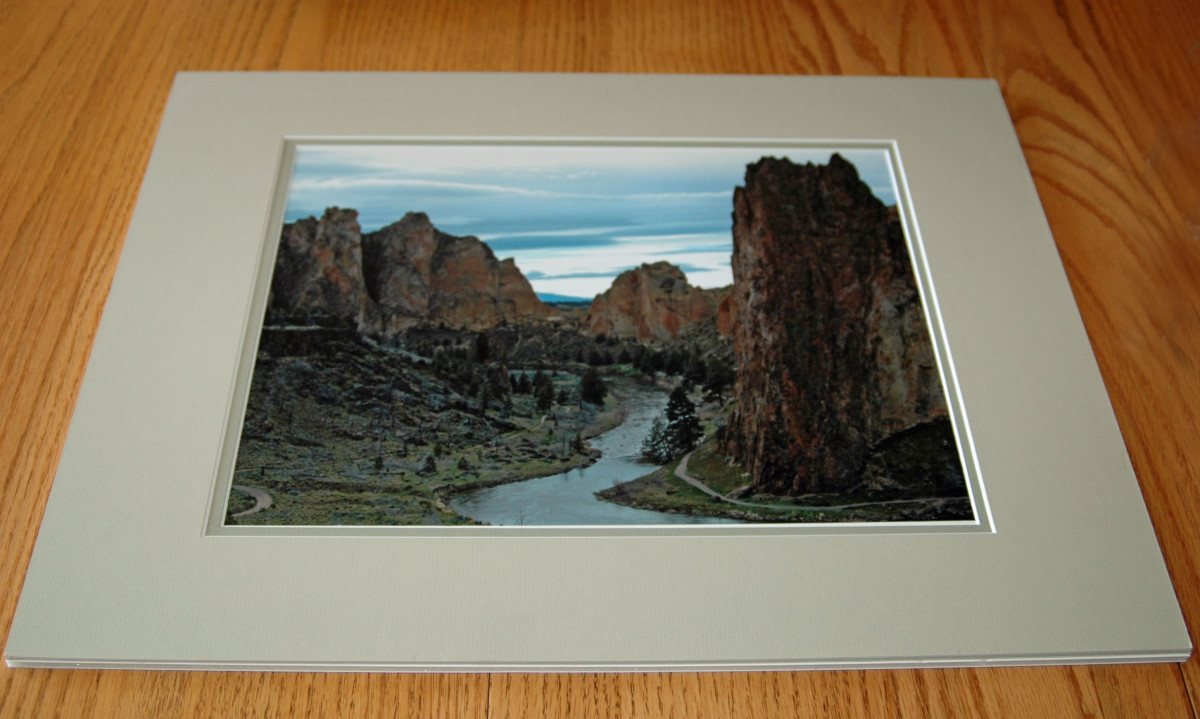Photographic Juxtapositions
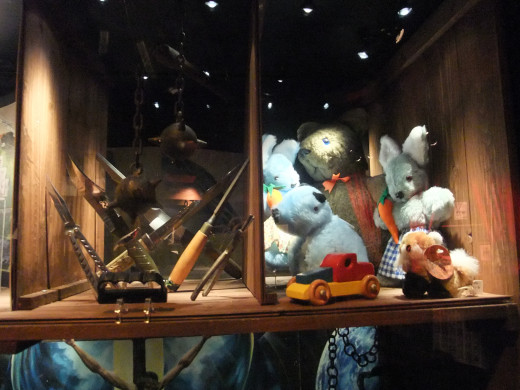
If you think about it almost any two things can be used with the theme. So long as they are sufficiently different yet appear to be the same, the theme will work.
Try not to use things that are too similar and simply differ in their smallest components such as colors like a red rose next to a pink one.
The differences must be enough to create the impression that one does not belong in the same place as the other.
There is a technique that you can apply to this theme and it is rather easy to do. Forced perception uses the method of aligning one subject against a usually much larger one giving the impression that one is interacting with the other and if you lack suitable real subjects perhaps this method may do the trick.
"Juxtaposition is the act or placement of two things (usually abstract concepts) near each other." Wikipedia Well now that you know the meaning of this less than seldom used word it is time to start deciding on what concepts the photographer will use to bring the them to life through photography.
The theme is quite simple once you think about it. The issue is finding suitable subjects that can be place next to each other and will fit the theme.
Most subjects should be those that you can readily find out in the open like for example on an airport where you may be exposed to the sight of an "antique" airplane next to an ultra modern passenger jet.
You may even set up a toy construction crane next to a real life one. The samples are many, finding them together could be the problem. However you can still do a modified version of the theme simply by doing the project in your studio and using things that you already have or can easily get.
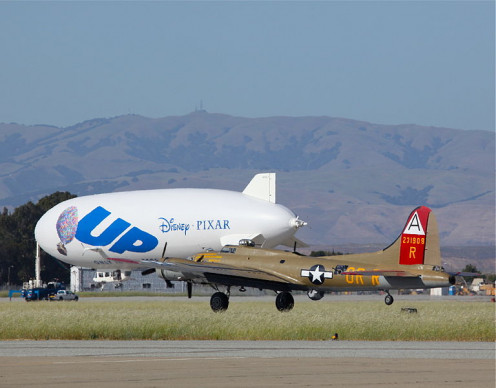
Juxtaposition occurs when there are at least two elements in a scene that either contrast each other or seem out of place next to each other. That is the basic definition of juxtaposition.
However if one element contributes towards another to create an overall theme it can also be used as a juxtapositional composition.
It’s mostly regarding an attempt to make the viewer think about why a certain scene or use of subjects was made or why this or that viewpoint was chosen.
To create a point of juxtaposition, the photo must have at least two elements in the photo that contain strong visual elements and the idea is for the viewer to look at the scene and reach their own conclusion as to the purpose of the photograph.
What makes juxtaposition an interesting composition theme is that it’s largely based on the opportunistic appearance of two elements that immediately stand out as odd. This is what makes this theme so much fun if you are purposely looking or lucky if you happen to come up upon a scene by chance.
Some of the most usable subjects will deal with architectural works such as a photograph of an old building like a church next to a very modern looking one. Here by simply adjusting your angle and perspective you can get a very usable shot. How about a rickety old house next to a luxurious one or a very pretty car next to a jalopy.
The key with this theme, as it is with many other photo related themes, is to be creative and captures images that are pleasing, technically well done and offer views that have not been over photographed.
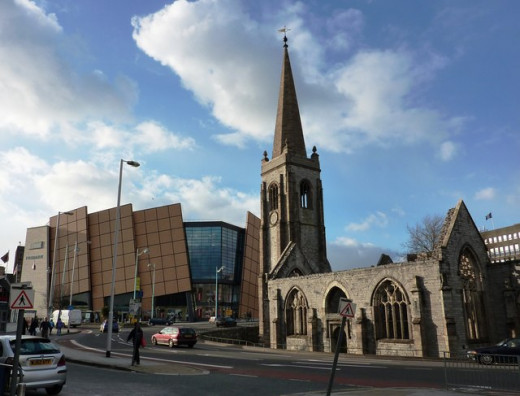
You can even use themes other than architectural ones. Some of the most commonly used ones are the ones dealing with religion, morality, and so on. For example a good juxtaposition is to show good vs evil.
A piece of art work featuring the image of a religious deity will serve the theme well if it is photographed next to something that denotes evil.
If you look carefully at many of the works done by graffiti artist you will often find images that seem to represent evil or bad, depending on how you look at them. By simply picking the right angle you can incorporate two images that create a juxtaposition.
However, another way of achieving the desired result is to edit the images digitally. Capture two images and place them next to each other with Photoshop or any other digital photo program. It is not the same as if the subjects were found next to each other but the theme works nevertheless.
- Photographic Juxtaposition
uxtaposition seems like such a hard word, doesn’t it, but it is a concept quite easily grasped when explained using pictures. Juxtaposition involves comparing two or more elements within a photograph, bringing out either the similarity or dissimilari
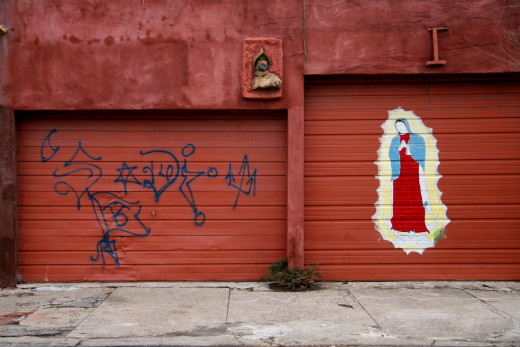
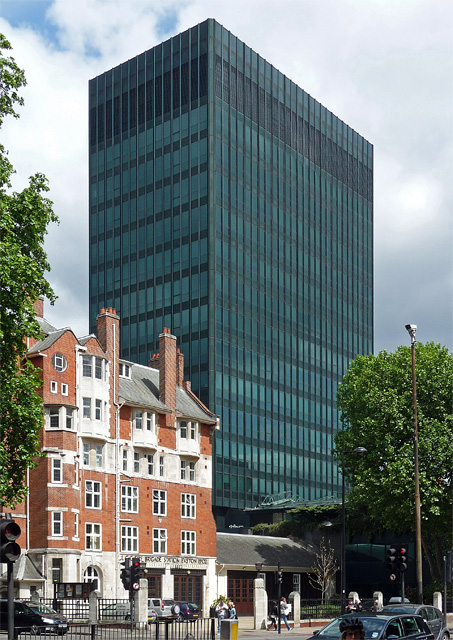
Granted, unless your shots are of exceptionally good subject matter, there are not that many commercial avenues to which to submit but this is still a good project to build a portfolio and practice your photographic skills.
Yet there are some photographic publications that may be interested in using your work. Keep an open mind and submit your best work.
If your images capture very interesting scenes then some poster producers may also be interested in using the photographs.
Although I mentioned before that you can use forced perception and add images with the aid of a digital editing program, try to capture real time scenes as you see them or reproduce the scenes in the studio.
Your audience will probably be more interested in scenes that can be seen naturally as this lets them know that they can take similar images by simply paying attention to what's out there.
Some examples of this theme that can easily be done in the studio would be a grown man riding a child's tricycle.
The image stands out because you would never expect to see this in real life and this contradiction is what motivates a viewer to pay close attention to the shot and ultimately it is this contradiction that draws them in.
If you like playing with toys, kids toys that is, then you can for example use some superhero figures and pair them up with other completely different figures. Would you expect to see some Star Wars Storm Troopers playing with lets say some Barbies? Probably not and this strange pairing is the catch-all that attracts your viewers to the image in the first place.

Want more simple subjects than the ones found at the food store? Would you be surprised to see a box of cereal next to a bottle of Pepto Bismol? Off course not but there are supermarkets that because of limited space in their shelves will do just that and this is a perfect example of a juxtaposition.
The main idea behind juxtaposition is to take a shot that can be considered rather mundane and boring and turn it into an interesting composition thus your viewers will tend to spend more time looking at it. The longer they spend looking at the image, the more likely it is that they will associate your name with interesting photography.
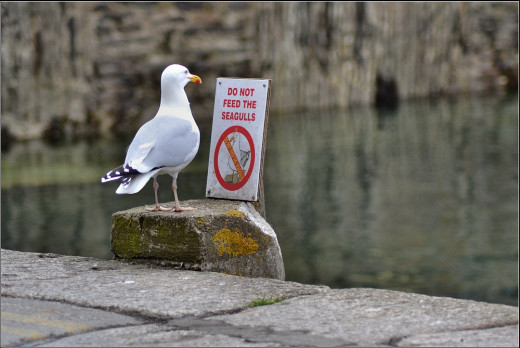
Does juxtaposition sound like a good theme
© 2013 Luis E Gonzalez




